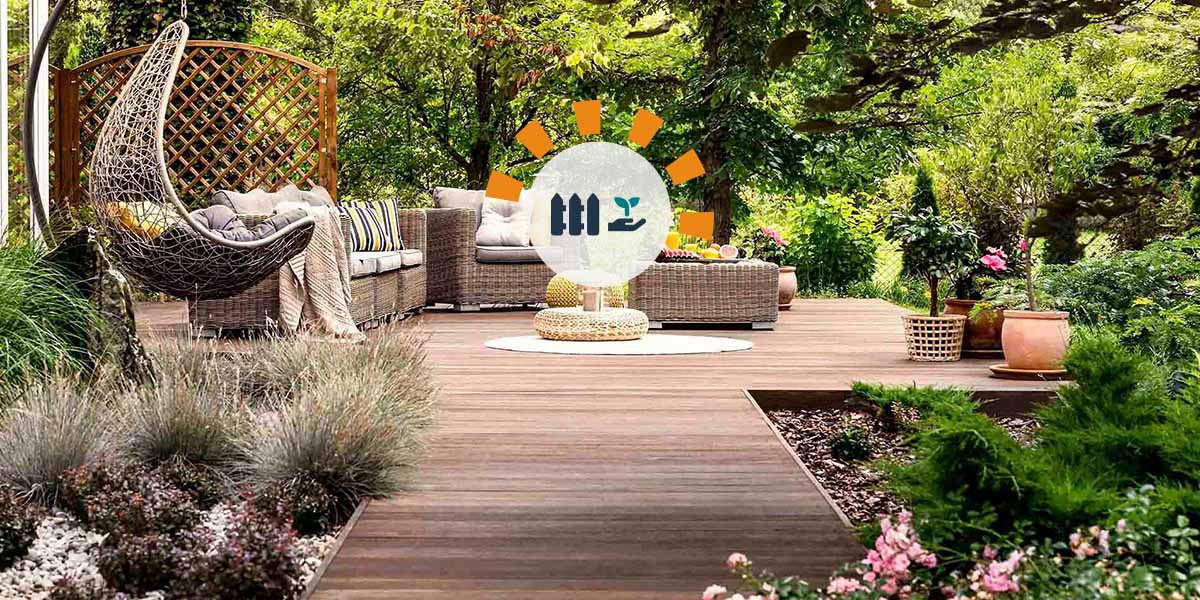Introduction:
Outdoor Project Creating a dream garden is more than just planting a few flowers and trimming the hedges. It’s about transforming your outdoor space into a sanctuary where you can relax, entertain, and connect with nature. Whether you’re a seasoned gardener or a novice enthusiast, this step-by-step guide will provide you with the knowledge and inspiration you need to master your outdoor project and create a garden that reflects your personality and style Outdoor Project.
Step 1: Planning Your Outdoor Project
Before you pick up a shovel or plant a single seed, take the time to carefully plan your outdoor project. Start by assessing your space and considering factors such as sunlight, soil quality, and existing landscaping features. Think about how you want to use your garden – will it be a peaceful retreat for reading and meditation, a vibrant Outdoor Project parties, or a productive vegetable garden? Once you have a clear vision in mind, sketch out a rough layout of your garden, including designated areas for different purposes such as seating areas, flower beds, and pathways.
Research is key at this stage – gather inspiration from gardening books, magazines, and online resources, and make note of plants and design elements that appeal to you. Consider factors such as climate compatibility, maintenance requirements, and aesthetic appeal when selecting plants and materials for your garden. Creating a mood board or Pinterest board can help you visualize your ideas and keep track of your preferences as you plan your outdoor project.
Step 2: Gathering Your Materials and Tools
With your garden plan in hand, it’s time to gather the materials and tools you’ll need to bring your vision to life. Make a list of everything you’ll need, from plants and soil to tools and equipment, and take stock of what you already have on hand. Visit local nurseries and garden centers to purchase plants and supplies, keeping in mind factors such as budget, quality, and availability.
Invest in high-quality tools that are appropriate for the tasks you’ll be undertaking – essential tools for any outdoor project include a shovel, rake, trowel, pruners, and watering can. Consider renting or borrowing larger equipment such as a tiller or power washer if needed, and don’t forget to prioritize safety by wearing appropriate protective gear such as gloves, goggles, and sunscreen.
Step 3: Preparing Your Garden Site
Before you can start planting, you’ll need to prepare your garden site by clearing away any existing vegetation, weeds, or debris. Use a shovel or garden fork to loosen the soil and remove rocks, roots, and other obstacles that could interfere with plant growth. Take the time to amend the soil as needed by adding organic matter such as compost, manure, or mulch to improve its texture, fertility, and drainage.
Consider installing irrigation systems such as drip hoses or soaker hoses to ensure your plants receive consistent moisture, especially during hot summer months. Lay down landscape fabric or mulch to suppress weeds and conserve moisture, and create defined borders and pathways using materials such as bricks, pavers, or gravel.
Step 4: Planting and Landscaping
Now comes the fun part – planting and landscaping your garden! Start by arranging your plants according to your garden plan, taking into account factors such as height, color, and bloom time. Group plants with similar water and sunlight requirements together to create cohesive planting beds, and consider incorporating a mix of annuals, perennials, shrubs, and trees to add variety and interest to your garden.
When planting, be sure to dig holes that are large enough to accommodate the root ball of each plant, and water thoroughly after planting to help settle the soil and reduce transplant shock. Mulch around the base of each plant to suppress weeds, retain moisture, and regulate soil temperature, and consider adding decorative elements such as statues, birdbaths, or garden art to enhance the visual appeal of your outdoor space.
Step 5: Maintaining Your Garden
Once your garden is planted and landscaped, the work isn’t over – regular maintenance is essential to keep your outdoor space looking its best. Develop a maintenance schedule that includes tasks such as watering, weeding, fertilizing, pruning, and pest control, and stay vigilant for signs of disease, pests, or other problems that could affect plant health.
Stay informed about seasonal tasks and gardening best practices by consulting reliable resources such as gardening books, websites, and local extension offices, and don’t hesitate to seek advice from experienced gardeners or professionals if you encounter challenges or need guidance. Remember to take time to enjoy the fruits of your labor – relax in your garden oasis, host gatherings with friends and family, and celebrate the beauty and abundance of nature in your own backyard.
Conclusion:
Creating your dream garden is a rewarding and fulfilling endeavor that allows you to express your creativity, connect with nature, and enhance your outdoor living space. By following this step-by-step guide and embracing the process of planning, planting, and maintaining your garden, you’ll be well on your way to mastering your outdoor project and enjoying the beauty and tranquility of your own personal paradise. So roll up your sleeves, dig in the dirt, and let your garden dreams take root – the journey begins now!

